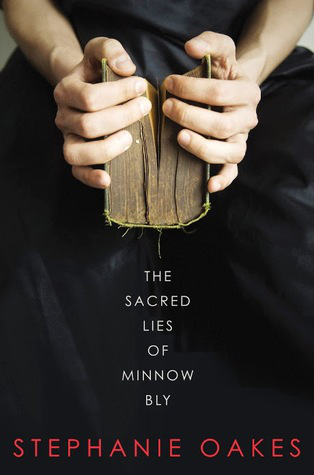Download links for: History of the Catholic Church


Reviews (see all)
Write review
A good thorough overview of a deep and complex topic.
Very informative
Forthcoming
Other books by History & Biography
Related articles












